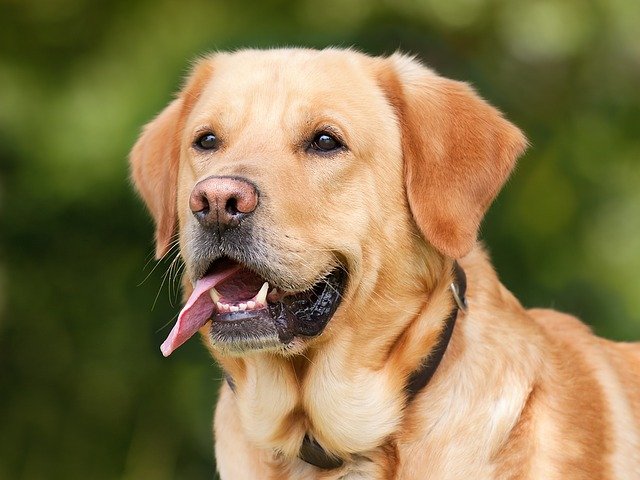Before you bring your dog home, you should dog-proof your house, because once the newest member of the family arrives, he or she will look for ways to get into all sorts of trouble. When you do get a new dog, it only takes a few simple gestures to make him feel right at home.
“Trouble” Is Your Dog’s Middle Name
Before you let your new dog charge through your door, ensure your home and garden are dog friendly and safe. One excellent (if slightly silly) approach is the “all-fours” check. Before introducing a new dog, get down on your hands and knees and examine your surroundings. If you can reach something as you scoot along on all fours, chances are your new puppy can too.
Remember these pointers as you check your home and garden:
– Move any household cleaners, antifreeze, rat poison or other toxic substances out of reach of your new pet.
– Remove any loose electric cords: Dogs love to chew on them.
– Keep breakables and houseplants out of reach of curious dogs.
– Keep chewing temptations, such as shoes, away from the dog.
– Cover your trash cans, inside and out: Dogs love to go treasure hunting in the trash!
Baby gates make good temporary barriers for most dog breeds. While larger dog breeds can hop over these gates and many smaller dogs can take them at a run, a baby gate will stop most puppies or at least slow them down! You can also purchase puppy gates from some pet shops. They’re about four feet high—a real barrier for most pups.
Helping Your Dog Settle In
Your new dog will be very excited when you bring him home—and a little scared, too. This is unfamiliar territory for him. He needs some time to get to know his surroundings. While he does so, you might want to confine him to one part of the house, and gradually increase his range.
To make his adjustment to his new home easier, provide him with easy access to food, water and a comfortable place to sleep. Give him plenty of playtime and cuddles, but avoid exuberant play at first. Ideally, you should arrange to be home for the first few days so your dog knows you’re around. Keep loud noises to a minimum and limit interaction between your new dog and other pets and children until he feels at home.
Choosing Dog Kennels
Dog kennels provide shelter, warmth and protection from the elements. Any dog who spends time outside should be provided with one. Dog kennels come in many different sizes and shapes, but in all cases, the kennel should be large enough for the dog to turn around inside and lie down comfortably. Dog kennels shouldn’t be too big: A dog’s body heat warms the air inside.
Choose a kennel that has an air vent in the roof to help prevent the air inside from getting too stuffy. Avoid locating it in direct sunlight and position the door so wind doesn’t blow in. Many owners use an old blanket as bedding.
Puppy Training Basics
If you get a puppy, you’ll need to train your puppy. Effective puppy training requires persistence. You new pet wants very hard to please you, but you have to send him clear messages. Praise him whenever he does something right and he’ll soon get the idea that you want him to urinate on the newspaper and come when he’s called.
When he behaves inappropriately, a firm “no” is one of your best options, coupled with removing him from the surrounding area or returning him to the paper if you’re house-training. Hitting and yelling are not effective puppy training techniques. In fact, a puppy can grow into a nervous and aggressive dog if force is used as a disciplinary technique.

 (2).png) 1 day ago
10
1 day ago
10









 English (US) ·
English (US) ·